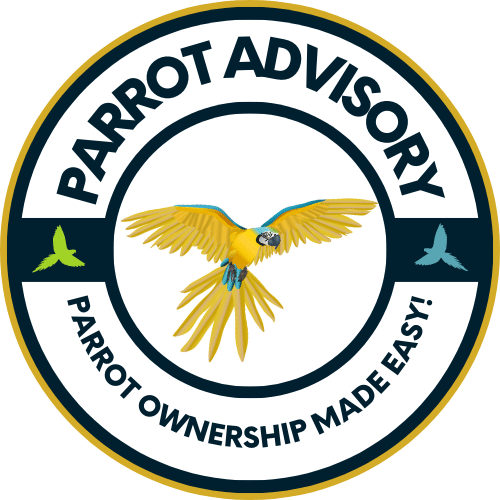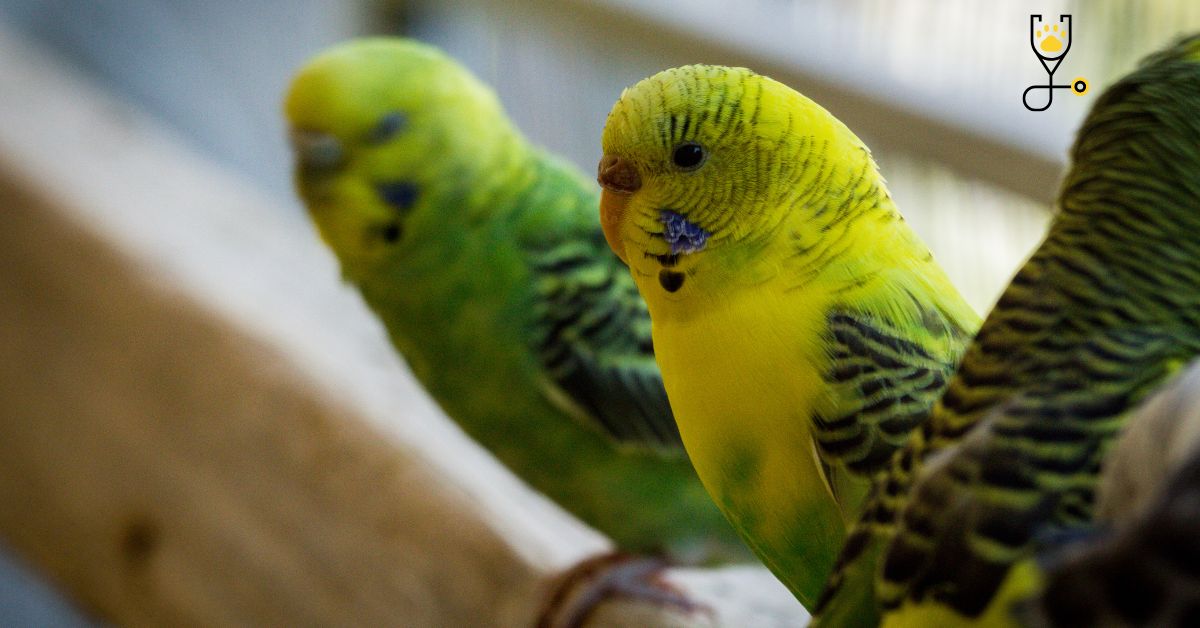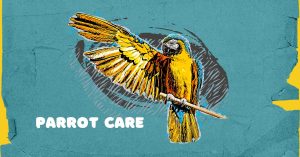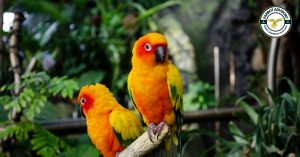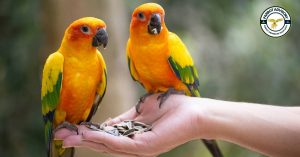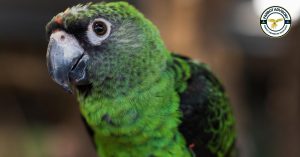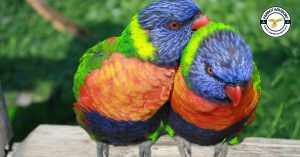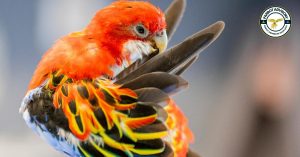Are you considering adding a parrot to your family of pets? If so, you must be wondering if it’s safe and healthy for them to live alongside other animals. Although these birds have been popularly kept as companion pets for centuries, it’s important to weigh the pros and cons of having them stay with cats, dogs, hamsters, or any other kind of animal in order to ensure their well-being. Through this blog post, we will explore the optimal conditions for living harmoniously with a parrot and other animals together at home. This article is not only aimed at giving answers but also making sure that all pet owners are mindful of safety concerns related to their four-legged friends – from diet issues to communal space matters! So let’s dive into how keeping multiple species as part of one household can work with respect and consideration amongst its members.
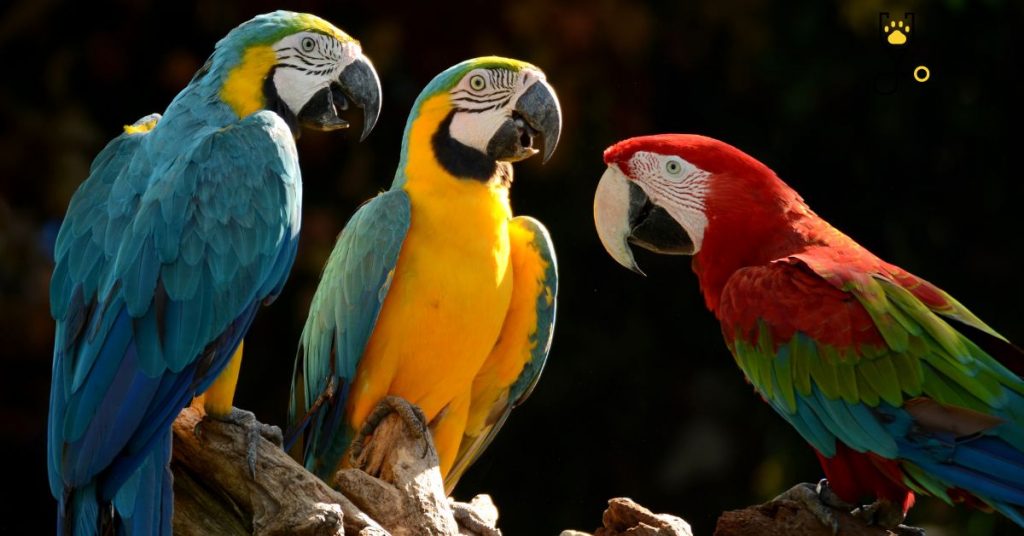
15 best practices to Keep Parrots with Other Pets
1. Introduce pets gradually
When introducing a new pet, it’s important to do so slowly and in a controlled environment. This allows your parrot or other animals time to get used to each other’s smells and sounds before they have any contact.
2. Create separate spaces
Make sure each animal has its own area of the house that is away from the others. It’s especially important for parrots to have a designated space where they can retreat when feeling overwhelmed by another pet or person.
3. Take precautionary steps
Supervise interactions between all species at first and always be aware of signs of aggression as well as mounting behavior (this is especially important when introducing male parrots to other animals).
4. Provide ample perches
Parrots need plenty of room to spread their wings and fly around the house, so make sure there are enough perches for your feathered friends.
5. Check food sources
Many pet foods contain ingredients that can be toxic for parrots, so always check labels and avoid giving any type of processed animal-based products to your bird.
6. Keep things clean
All pets have different dietary needs, which means that some may require more frequent cleaning than others in order to prevent cross-contamination or disease transmission. Make sure everyone’s living space is regularly cleaned and disinfected in order to maintain a healthy environment for all your furry family members.
7. Provide plenty of toys
Parrots are curious animals that need plenty of enrichment and stimulation, so make sure to provide them with a variety of toys for mental stimulation and physical exercise.
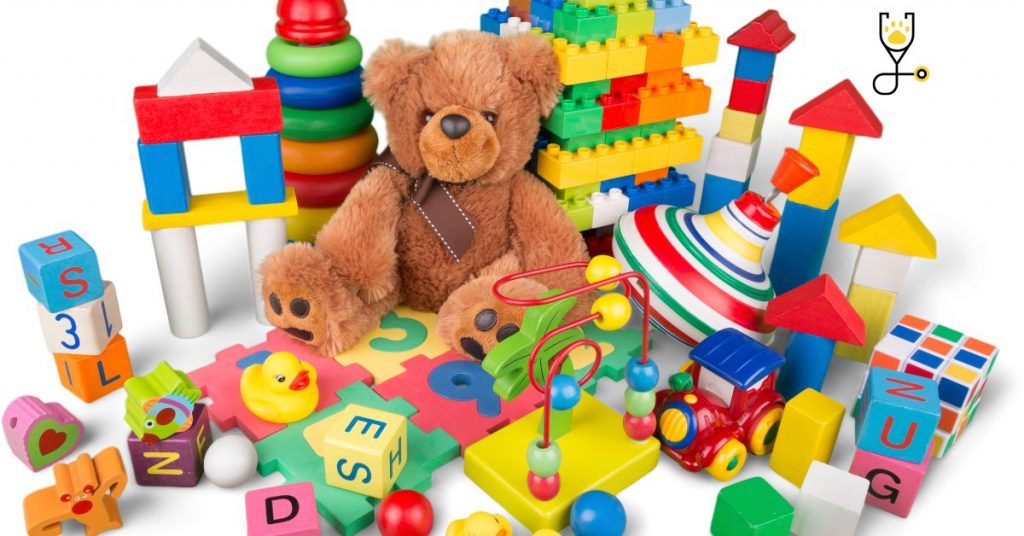
8. Monitor interactions
It’s always important to be present when different animals interact in order to ensure safety. If you notice any signs of aggression or territorial disputes, separate the pets immediately and give each one its own space away from the other.
9. Consider training
All pets should be trained in basic obedience skills such as sit and stay, but parrots may require additional training in order to reduce their territorial instincts around other species. Clicker training is one option that can help parrots become more comfortable in the presence of other animals.
10. Give attention to all
Make sure that each pet is getting enough love and attention, as this will help prevent any jealous behavior or issues with dominance between them. Parrots are especially needy creatures, so spend time interacting with them on a daily basis to ensure they’re receiving the proper care and affection they need.
11. Provide regular health checks
It’s important to monitor the physical and emotional health of all your pets in order to make sure that everyone is living a happy and healthy life. This includes annual vet visits for each pet as well as regular checkups with an avian veterinarian if you have a parrot.
12. Limit access to outside space
Parrots should not be allowed to roam freely outdoors, as they can easily become prey for larger animals or fall victim to environmental hazards.
13. Take extra precautions when introducing new pets
It’s important to take your time when introducing any new pets into the home, and parrots should never be introduced without careful consideration. Make sure to do your research, keep a close eye on interactions between species and slowly increase contact in order to ensure that everyone is safe and comfortable.
14. Practice patience
All pets require patience, understanding, and love – but parrots especially need an extra dose of these things! Be prepared to dedicate plenty of time and attention to your feathered family members in order to keep everyone happy and healthy.

15. Seek professional help
If you have any concerns or questions about introducing parrots into a home with other pets, it’s best to seek out the advice of an animal behaviorist or avian veterinarian who can provide personalized guidance. They can also offer support and advice for hand-raising parrots and ensuring the best possible living environment for everyone in your household.
Animals that you should not be kept with parrots
As they will be a threat to them in some way including other parrots, cats, and dogs. In particular, other parrots are likely to be territorial and can cause fights with your pet parrot. Cats may also harm or even kill the bird, and dogs can cause serious injury by jumping on the bird’s cage or playing too roughly.In order to successfully keep parrots with other animals, you must give them plenty of attention and toys, monitor their interactions, consider training, and give attention to all your pets. Additionally, you should limit access for the parrot and take extra precautions when introducing a new animal into the home.
Conclusion
Whether you already own pets or are considering adding parrots to your home, it is important to take the right steps to ensure that everyone lives happily and safely together. In order to do this, you should consider training, give attention to all your pets, limit access for the parrot, and take extra precautions when introducing a new animal into the home. With the right care and attention, you can successfully keep parrots with other animals in your home!
Frequently Asked Questions
One key tip is to give your parrot plenty of attention and toys, as this can help reduce territorial instincts around other species. Another important consideration is monitoring interactions between pets, and training may also be beneficial in helping them get along better.
One option is to keep your parrot in a separate room or cage when other animals are present, and you can also use barriers such as cages or closed doors to keep them separated. Another approach is to make sure that the parrot’s space is well out of reach for other pets, such as by hanging its cage high up on the wall or ceiling.
If your parrot seems uneasy about interacting with other animals, it may be helpful to spend more time with it and build its confidence. You can also try training to help encourage better behaviors between your pets, and you may also wish to consult a professional for guidance. Additionally, you should always take steps to ensure the safety of your parrot by removing any potential hazards, such as access to cat or dog food bowls.
Yes, cats and dogs are generally not safe companions for parrots, as they can pose a threat to their safety and well-being. Other birds may also be aggressive or territorial towards your parrot, so it is important to carefully consider whether other types of birds are a good fit for your home. Ultimately, the best thing to do is to consult with a professional who can provide personalized guidance and support based on the specific needs of your pets.
There are a few different things you can do to ensure that your parrot is getting the care and attention it needs. The first step is to make sure that you are giving it sufficient attention and engaging with it in activities, such as providing toys or training. You may also wish to consult with a professional or consider hiring a pet sitter or avian behaviorist to help provide support and guidance. Additionally, you should make sure that your other pets are getting the care they need as well, whether through regular vet visits or accessing other resources as needed.
